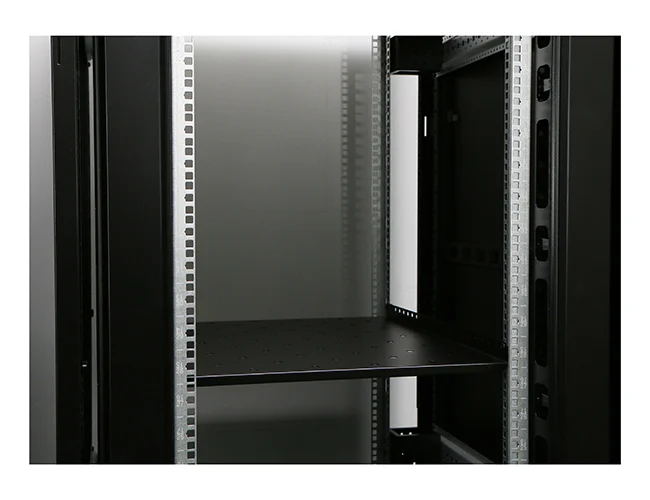News
Site Editor
 Site
https://leonetworkgroup.usa18.wondercdn.com/uploads/image/5fe152faa587d.png
Making Your Own Cable TesterA cable tester is an essential tool for anyone who regularly works with cables, whether in the IT industry or simply for DIY projects. While there are plenty of commercial cable testers available, they can be expensive and may not always have all the features you need. Fortunately, it’s actually quite straightforward to make your own cable tester, and doing so will give
Site
https://leonetworkgroup.usa18.wondercdn.com/uploads/image/5fe152faa587d.png
Making Your Own Cable TesterA cable tester is an essential tool for anyone who regularly works with cables, whether in the IT industry or simply for DIY projects. While there are plenty of commercial cable testers available, they can be expensive and may not always have all the features you need. Fortunately, it’s actually quite straightforward to make your own cable tester, and doing so will give
How To Make A Cable Tester
Views: 485
Author: Site Editor
Publish Time: 2023-07-10
Origin: Site
Making Your Own Cable Tester
A cable tester is an essential tool for anyone who regularly works with cables, whether in the IT industry or simply for DIY projects. While there are plenty of commercial cable testers available, they can be expensive and may not always have all the features you need. Fortunately, it’s actually quite straightforward to make your own cable tester, and doing so will give you full control over your tool’s design and capabilities.
Materials
To make your own cable tester, you’ll need a few basic materials. These include:
- Breadboard: This is a grid of holes that allows you to easily connect electronic components together.
- Jumper wires: These are short wires with pins or connectors on either end that allow you to connect components on the breadboard.
- Resistors: These are electronic components that limit the flow of current through a circuit.
- LEDs: These are small light bulbs that emit light when an electric current passes through them.
- Battery or power supply: This will provide the electricity needed to power your cable tester.
- Connectors: These can be any type of connectors that you will be using in your cables, such as Ethernet, audio, or USB connectors.
Circuit Design
The circuit design for your cable tester will depend on the types of cables you want to test. However, in general, your tester will need to be able to test for continuity, where you want to make sure that the wires in the cable are all properly connected to each other. You’ll also want to test for shorts, where wires are touching each other where they shouldn’t be, and for open circuits, where wires are not properly connected and the signal cannot flow through them.
To design your circuit, start by laying out your connectors on the breadboard and connecting them to the power source. Then, add resistors and LEDs to each wire, with the resistor connected first and the LED second. The resistor will limit the current through the LED so that it doesn’t burn out. Finally, connect the wires on the other end of your cable to the breadboard. You can set up the breadboard to test multiple cables at once by using multiple connectors and wiring them accordingly.
Testing Your Cables
To test your cables, simply plug them into the connectors on the breadboard and check the LEDs. If the LEDs light up, then the circuit is connected properly and the cable is fine. If any LEDs do not light up, then there is a problem with the circuit and you’ll need to troubleshoot it to identify the issue. This could be anything from a loose connection on the breadboard to a wiring issue on the cable itself.
Conclusion
Making your own cable tester can be a fun and rewarding DIY project that will save you money and give you more control over the features of your tool. With just a few basic components and some time and patience, you can create a cable tester that will help you quickly and easily identify any issues with your cables, no matter what type they may be.
If you want to know more about industrial network cabinet,china fiber optic splice closure,china fiber optic distribution box,please consult the fiber optic splice closure factory









